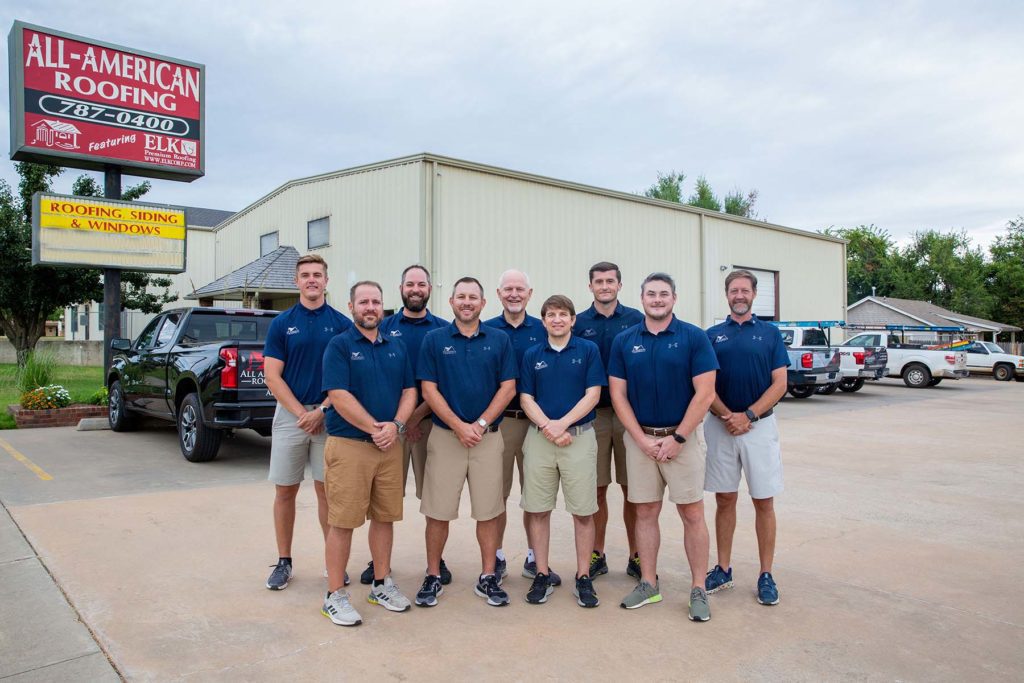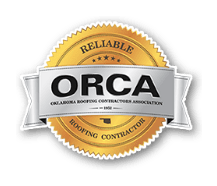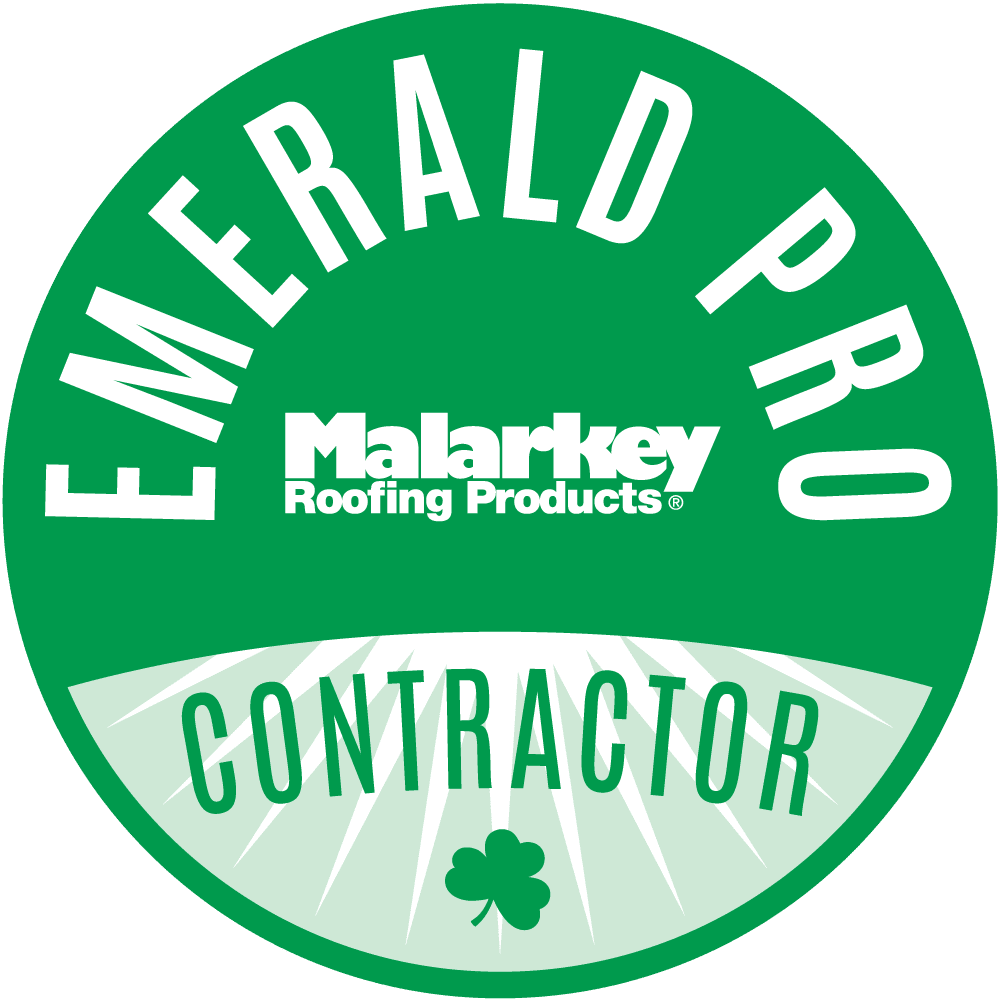Be Aware of Blue-Green Algae on the Roof

The term “blue-green algae” conjures ideas of clogged lakes and waterways, not a blocked roof. Rooftop algae, on the other hand, is a widespread occurrence in the United States. Stains or streaks of dark black are the most common symptom.
The algae on your roof may look like mold or mildew to you, but it’s actually a frequent occurrence. To protect itself from the sun’s harmful ultraviolet (UV) rays, algae produce a hard, black layer. Gloeocapsa magma, a blue-green algae, spreads easily. Hence, if your neighbor’s roof is already covered in it, it’s probably on its way to yours.Before it reaches to your roof contact roofers immediately.
This algae may cause my roof leak
It’s understandable if you’re concerned about anything growing on your roof. You should remember that your roof may be one of the most crucial parts of your property. It shields you and your loved ones from the weather. Repairing a damaged roof can be very expensive.
No proof exists that asphalt shingles are affected by algae. You may not want to replace the color and coating of your original roofing material if you have reflecting or “cool” roofs. In addition, black streaks are unappealing at all. Anyone who owns a home will tell you that stains on the roof are not a good look.
The Algae: What Can Be Done?
Fortunately, removing algae from your roof is a simple process. Bleach and water are all you need to get started. You can use a scrub brush to apply it to the roof if you follow the right procedures. You’ll want to thoroughly rinse the roof after you’ve finished. Keep in mind that the concentration of bleach in this solution could damage your property or landscaping if it leaks from the roof.
Stainguard shingles can also be used to prevent subsequent algae invasions. Copper ions in these tiles hinder the growth of algae. But if you are not going to replace your shingles any time soon, there are several simple tasks that can help keep algae at bay. Tree branches that cover the roof should be trimmed back so that more sunlight may reach the roof. Remove debris like as leaves and twigs that hold moisture, increasing the formation of algae. Cleaning your gutters on a regular basis is also a good idea. This prevents the growth of algae on your roof, which can be caused by excess moisture.
Blue-Green Algae and Your Rooftop: What You Need to Know
Despite the fact that blue-green algae aren’t harmful to your roof, it isn’t desired. You can remove and prevent its growth using easy maintenance and mitigation strategies. When working on your roof, we advise you to exercise caution. When in doubt, call All American Roofing for your entire roof cleaning needs, including algae removal.
Professional tools and experience allow our roofing contractors to safely remove the algae from your roof. To learn more about our roof maintenance services, contact All American Roofing’s roofersnow.







